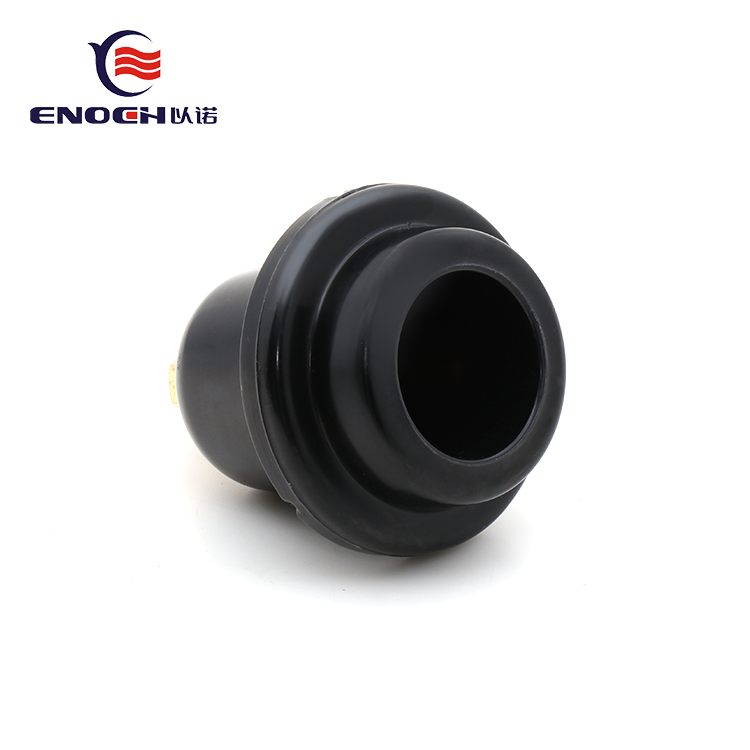Are there any influencing factors of Power Cable Accessories
2025-05-21
There are several key influencing factors that affect the performance, selection, and reliability of power cable accessories, such as joints, terminations, connectors, and glands. These factors can be grouped into technical, environmental, material, and installation-related categories:
1. Electrical Factors
Voltage level: Different accessories are designed for low, medium, or high voltage applications.
Current carrying capacity: Accessories must match the conductor size and expected load.
Dielectric properties: Insulation and stress control materials must prevent partial discharge and breakdown.
Electrical field stress: Stress control mechanisms (e.g., mastic, tape, or geometric design) are crucial in joints and terminations.
2. Environmental Factors
Temperature extremes: Accessories should withstand thermal expansion and contraction.
Moisture and humidity: Water ingress can lead to insulation failure; sealing and water-blocking are critical.
UV and weather exposure: Outdoor accessories need UV-stable and weather-resistant materials.
Chemical exposure: Industrial areas may have oils, solvents, or corrosive chemicals affecting cable materials.
Altitude: High-altitude installations affect insulation performance due to lower air pressure.
3. Material Properties
Compatibility with cable insulation: XLPE, EPR, or PVC cables need compatible materials in accessories.
Aging resistance: Long-term reliability depends on materials that resist oxidation and degradation.
Mechanical strength: Physical protection and rigidity are important, especially in jointing systems.

4. Installation and Design Factors
Type of connection: Heat shrink, cold shrink, or pre-molded types each have different pros and cons.
Ease of installation: Especially critical in field work and remote areas.
Skill level of installers: Improper installation is a common cause of accessory failure.
Space constraints: Some environments (e.g., substations, wind turbines) require compact or customized designs.
5. Standards and Compliance
IEC, IEEE, or local standards: Accessories must meet relevant standards for safety and performance.
Testing and certification: Type-tested products reduce risk of failure and ensure compliance.
6. Operational Conditions
Load cycling: Frequent load changes can cause thermal fatigue in materials.
Fault conditions: Accessories must withstand short-circuit forces and overvoltages.
Vibration and movement: Especially relevant for wind turbines, marine, or rail applications.
If you are interested in our products or have any questions, please feel free to contact us and we will reply you within 24 hours.


